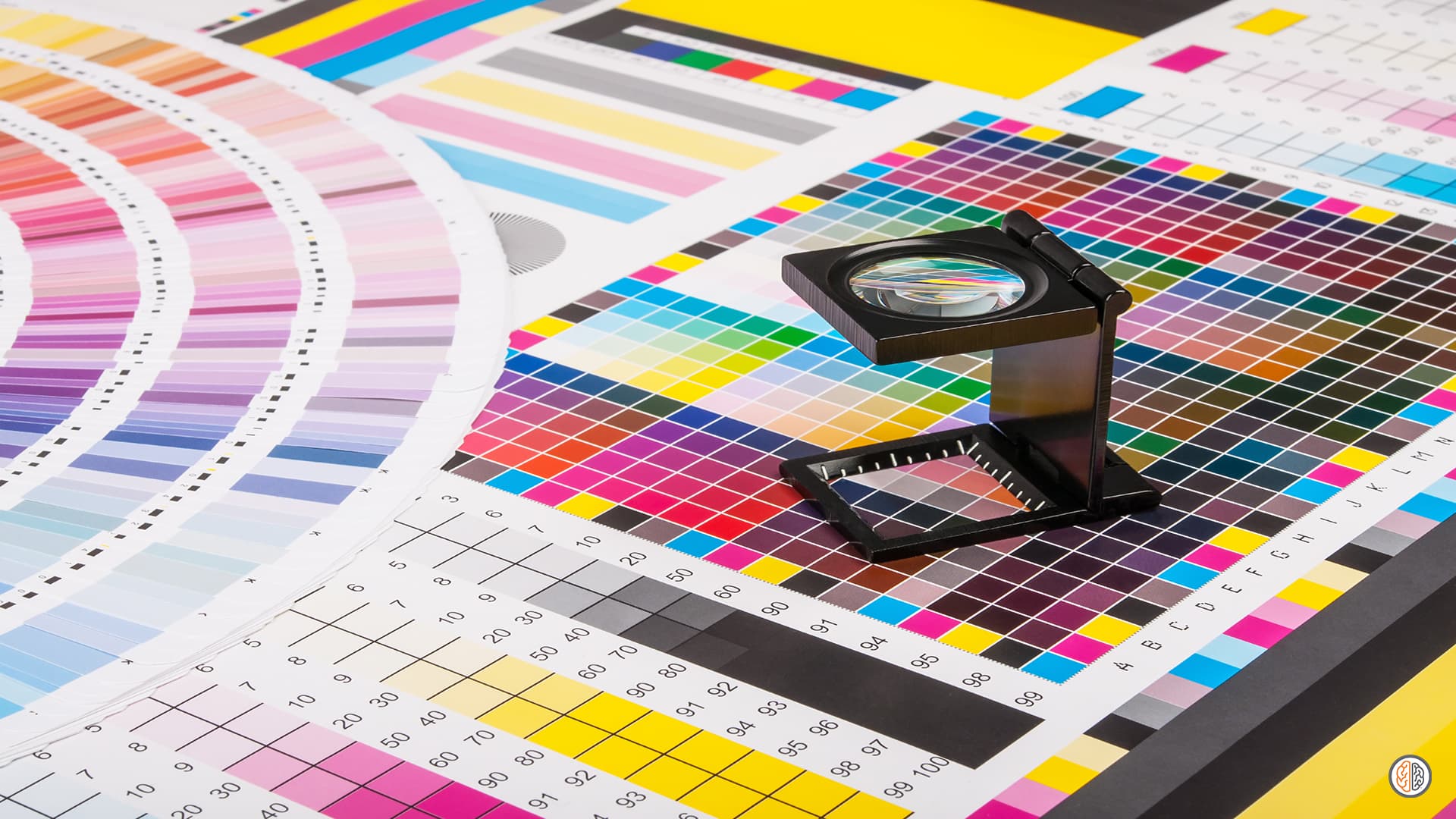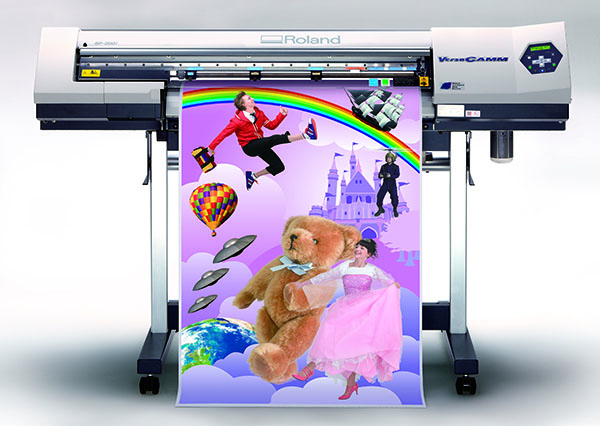Unknown Facts About Digital Printing
Unknown Facts About Digital Printing
Blog Article
Not known Factual Statements About Digital Printing
Table of ContentsAn Unbiased View of Digital PrintingThe 10-Minute Rule for Digital PrintingSome Known Details About Digital Printing The Buzz on Digital PrintingThe Facts About Digital Printing UncoveredWhat Does Digital Printing Mean?Some Of Digital PrintingWhat Does Digital Printing Mean?
Customization also enables services to stick out in a jampacked market by creating distinct advertising products that distinguish them from their rivals. Among the primary benefits of digital printing is the capability to print variable information. Each printed piece can be unique, permitting companies to develop customized advertising and marketing products that talk directly to their target market.Digital printing likewise permits for personalization in the style of advertising products (Digital Printing). With digital printing, services can produce designs that are distinct and tailored to their particular demands.
Get This Report about Digital Printing
This benefits companies that want to examine various advertising approaches or release brand-new services and products. By printing smaller quantities of advertising and marketing materials, organizations can decrease waste and prevent the need for excess stock. Digital printing is also functional. It can print on different materials, including paper, cardstock, plastic, and metal.
By making use of different materials and layouts, organizations can produce one-of-a-kind marketing products that stand apart from their competitors and attract interest from their target audience. Digital printing additionally supplies uniformity. With typical printing approaches, there is often variant in between prints due to differences in ink protection, pressure, and various other variables.
This uniformity can help develop customer trust and reliability, showing that business is devoted to giving premium products. Uniformity is specifically crucial for businesses that want to construct client depend on and reputation. By guaranteeing that every print corresponds, organizations can reveal that they are devoted to supplying top quality products and focusing on the details.
Digital Printing Fundamentals Explained

Additionally, digital printing generates less waste since it can print on demand and in smaller sized quantities, reducing the demand for excess supply and materials. Digital printing likewise makes use of less energy contrasted to standard printing approaches. Digital printers do not require as much power to run, as they do not require to warm up as much or utilize as much power to run.
9 Simple Techniques For Digital Printing

Countered printing requires a plate for each color published. Traditional balanced out printing is a print find out technique that uses light weight aluminum plates to move ink onto a rubber sheet (commonly referred to as a "covering"). The picture is after that rolled onto the printing surface. This printing approach is taken into consideration "offset" due to the fact that the ink is not transferred to the paper straight.
What Does Digital Printing Mean?
The equipment's set-up costs are high originally, extra devices become reasonably much less expensive as the quantity boosts. Balanced out printing allows for a vast array of print materials to be used throughout production. It allows the printer to make Related Site use of various paper kinds, custom surfaces, and numerous inks. The top notch pictures generated with balanced out printing make it the favored approach, especially amongst graphic designers, when seeking the biggest color recreation, information, and professional-looking prints.
The essential printing technique remains countered. For digital inkjet printing, ink is moved directly onto the surface. Instead of depending on aluminum plates and rubber coverings to transfer a picture, digital printing uses fluid ink throughout production. Typical home inkjet printers are one of the most usual electronic printing approaches.
A Biased View of Digital Printing
Because countered printing can mix custom color inks for each task, it will normally obtain the shades spot-on. Count on countered printing for clean, distinctive types and images without streaks or areas.
It costs a lot to start a countered task. You need to spend cash right into developing the plates, which takes time. As soon as you've invested it, all of the materials are prepared to go, and you'll invest much less on large balanced out jobs than an electronic print, which is about the same per piece no issue how large the task gets.
Digital printing is much less expensive for low-volume jobs. The cost per device drops for electronic printing, so at some point, they crisscross. Altering details within a single print job.
What Does Digital Printing Mean?
While digital printing or inkjet printing is the recommended selection in the existing times, there are compelling factors to convert from offset to digital printing systems. When publishing balanced out or electronically, vital choices and processes are included in color matching.
Industrial inkjet printing provides versatility for printing on many various substrates. Digital printing is suitable for clients that do not need longer runs and warehousing products.

One benefit of electronic printing is picking from a wide variety of digital substratums. With offset printing, substrates make up, usually, 30% of the cost of the task. With digital printing, the cost of the substrate in the general job is small. This enables more options than in the past, and that benefits online marketers and businesses.
Some Known Factual Statements About Digital Printing
drop-on-demand is the second printing innovation to consider. Continual inkjet systems call for considerable upkeep, even more operator training, and higher downtime. Devices costs in inkjet printing are much lower than offset printing as there are no plate-making, plates, and press costs. Past the capital spending, the prepress equipment and printing presses need very experienced drivers in countered printing, which adds labor prices.
Report this page